



When it comes to premium packaging, every detail counts. From the shape of the bottle and label to the branding and stopper. Something that at first glance appears simple and most likely almost all of us take for granted – the humble stopper. They come in many shapes, forms, sizes and materials from cork, plastic, glass and more. As packaging requirements have evolved so has the way spirits are sealed and kept safe in their abodes. One company that’s continued to push the humble closure into a key aspect of a drinks brand is Rankin Brothers & Sons. A leading supplier, manufacturer and designer of closures, stoppers and corks, the company has been leading the way for close to 250 years.
Can you tell us a bit more about the history of Rankin Brothers & Sons?
This might take some time! We can trace back our connections to the cork industry and to bottlers of Beers, Wines & Spirits, through 6 generations and to the foundation of the business in 1774. At this time, cork was shipped from Portugal to Scotland in the form of sheets. In 1814, the family established a factory in Baker Street, Stirling, where the cork sheets were cut into strips, then squares and using special knives, the squares were then fashioned into cork stoppers. From the early 1800’s and during the time of the Peninsula Wars, the family was making frequent trips to Portugal to purchase cork and to organise shipment to Scotland.


The family has a stack of diaries written by Robert Rankin that colourfully describes such buying trips; travelling up country on razor back mule, staying in country inns frequented by vagabonds and sailors, the writer terrified to sleep for fear of having his pockets picked. The business grew and by the late 1800’s, we were manufacturing at a factory on the banks of the Tagus just outside Lisbon, we had purchased the cork forests and estates that we still own today and in the UK, we had premises at Carlton Place, Glasgow, on the Clyde. In order to service blending and bottling customers who were importing Wines & Spirits in wooden barrels, we established a network of premises in the major UK ports of Liverpool, Bristol and London. Today, we are headquartered in leafy Buckinghamshire, we have a satellite office in Glasgow and we’re busy building a manufacturing plant in Portugal.
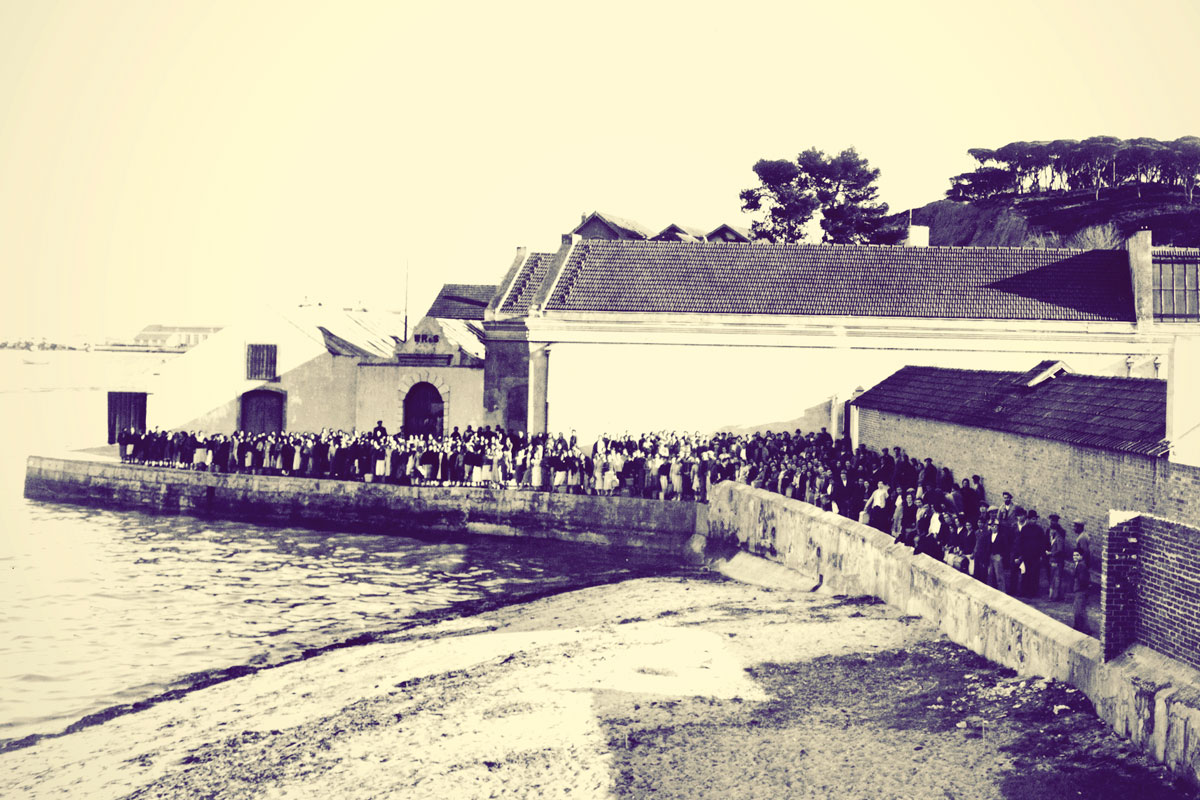

As a 6th generation family business how has the business evolved over the years?
We have to make sure that our offer remains as relevant today as it was when we were first established in 1774. The key driver is change through innovation. We have deliberately developed a menu of choice in bottle stoppers and closures that includes but extends far beyond natural cork and we use a range of materials that are designed to offer the most optimal performance whatever the product. A good example of this is the development of Nature, a hybrid cork and synthetic closure designed for gin and clear spirits. Nature offers an elegant, aesthetically pleasing aspect with excellent liquid sealing capabilities while mitigating some of the risks associated with poor or variable quality natural cork closures. One advantage of being an independent family business, is that we can make decisions for the longer term benefit of the business; investing today for next generation and beyond.


Since the 1800’s the Rankin family have managed over 4,500 acres of forestry in Portugal, can you give some examples of how the business undertakes its business activities in a way that is sensitive to the environment?
Our activities in the forest, from the management and conservation of resources through to the cultivation and harvesting of the corkwood, is predicated on a long term strategy of sustainability. We are responsible for one of nature’s greatest natural raw materials and one of the richest ecosystems in terms of biodiversity. Cork oak forests protect against soil erosion and resulting desertification and they are a natural barrier to fire, due to the flame retardant characteristics of cork. The forests sequester carbon by absorbing CO2 from the atmosphere, the trees within our properties retaining some 12,600 tonnes of CO2 each year.
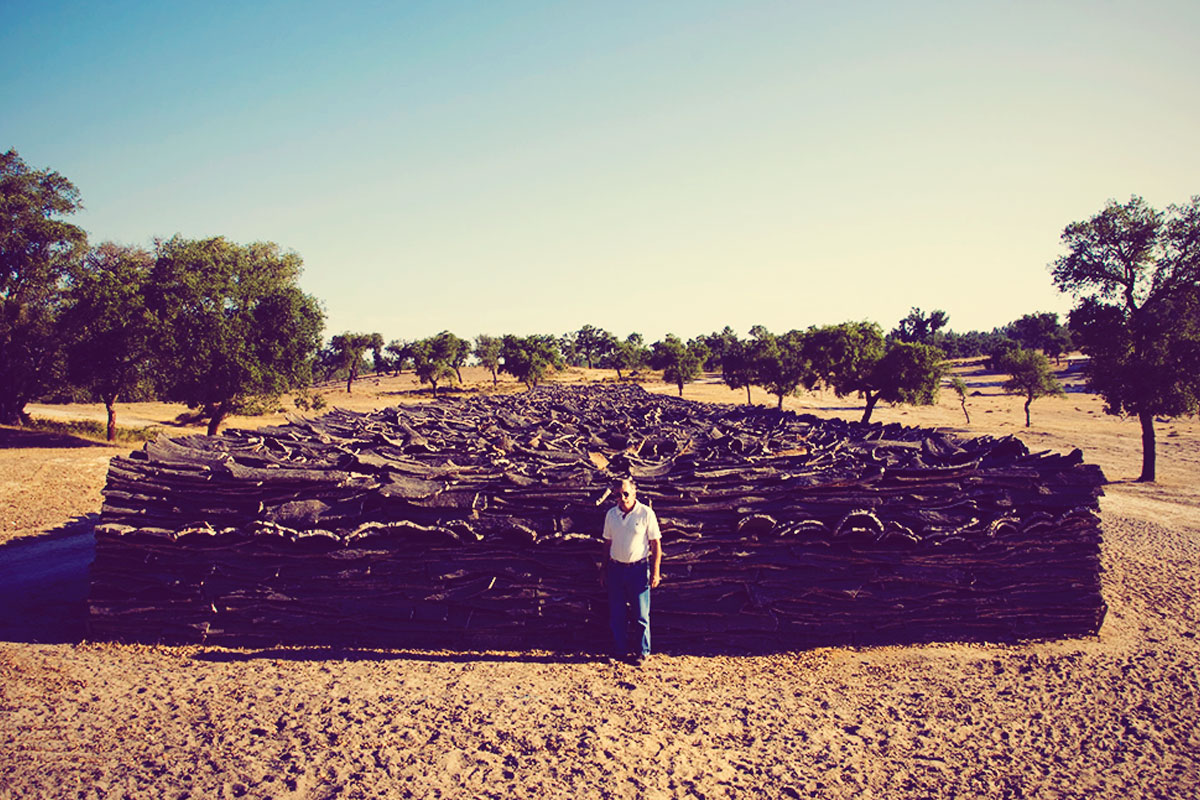

We own a relatively small parcel within the 5million acres cork forests planted around the globe but we take our responsibilities seriously and we see ourselves as custodians of the land for the social, economic and commercial benefit of future generations. FSC accreditation is independent validation of our sustainable practices.
What are some of the challenges the business has faced and how have you overcome them?
The first challenge is Pace; pace of supply through product development, to delivery and onwards to our customers being able to satisfy consumer demands. We are now operating in a world of immediacy. In 2 years, we have doubled our workforce, grown our Materials Development Team by 4 times, invested in ways of working that makes product development more transparent, manageable and speedier. CAD modelling, 3D printing, laser marking are just some of the new technologies now being employed to deliver products at pace.
The profile of the sector is significantly different from the one I joined some 27 years ago. Back then, we had a large brewery in every major town, the whisky industry comprised a few big businesses with a global reach and there were a handful of English vineyards. Today we reach out to over 1,200 breweries, 315 distilleries, 700 vineyards and 160 wineries in the UK alone. Maintaining a close, personal relationship with all these businesses presents a significant challenge but nonetheless, it is an ambition that we strive for and invest in.
Can you give some examples of how Rankin Brothers & Sons are involved with the Scottish Gin and Spirits sector?
Notwithstanding our history and longevity, we count ourselves as extremely fortunate in being able to enjoy long term relations with our customers. We’ve been working with some brands from the date of their very first bottling; we even supplied the stoppers for the Mackinlays Whisky that accompanied Ernest Shackleton in his expeditions to the Antarctic. Today, we supply T Top Stoppers, capsules and sleeves to a myriad of local and international brands.


How important are closures as part of the overall packaging design?
Following the glass, the closure is the second opportunity for the brand to interact with the consumer, we hope in a positive way. The closure should convey the same cues to quality that the distiller is seeking to achieve through the development of the liquid. Too often the closure, particularly the stopper, is thought of as just a functional liquid proof seal. Good closure design goes beyond that simple function and incorporates good feel in hand alongside sophisticated and elegant decorations.


How has the current gin resurgence effected your business?
As a supplier and I’ll add, a healthy consumer, these are exciting times. We are witnessing a huge renaissance in craft spirits and in gin and whisky making particularly. The category has been shaken up by the arrival of smaller, independent, owner managed businesses who are less risk adverse than the larger, more established and traditional firms. These businesses have been at the forefront of liquid innovation and development. The creativity in the design of packaging that is required to give product shelf presence in an increasingly crowded space, has pushed us and our own creativity and capability.
Can you talk us through what’s involved in the creation of a stopper for a client?
The client will support us with an outline brief and artworks, often produced by a design agency. We then start a conversation seeking to understand the detail behind the brand; the bottle specification, the type of product, alcohol content, shipping destination, volumes, price point and budget. All of that information helps us to create our design brief, technical drawings, samples, including 3D prints and of course options and costs. Each development is managed using a robust Stage & Gate process, which helps us and the client manage the process with clarity, efficiency and speed.


Besides closures, what other services do Rankin & Sons provide to the food and drinks sector?
We prefer to keep things simple, not to spread ourselves too thin and concentrating on the things that we’re good at, so it’s all about closures! T Top Stoppers, Capsules, Sleeves, Beer Barrel Bungs and Keg Caps and a few other related products.
What’s the best part of your job?
Through advancing years, there may be a little less spring in my step but I remain as excited about the work ahead as I was when I joined the business in the early 90’s. I enjoying seeing the positive impact we can have on the quality and protection of our customer’s brands. We’ve established some great connections with our customers and I have had the privilege of working closely with them and over the longer term. I’m excited about the challenges ahead particularly regarding sustainability and the impacts of our business and its people on the environment. I passionately believe in the virtues of cork and the role it plays on climate change mitigation, so as a business we are now busy preparing ourselves for the next 240 years!
Rankin Brothers & Sons is an official sponsor of International Scottish Gin Day 2019. Learn more here.

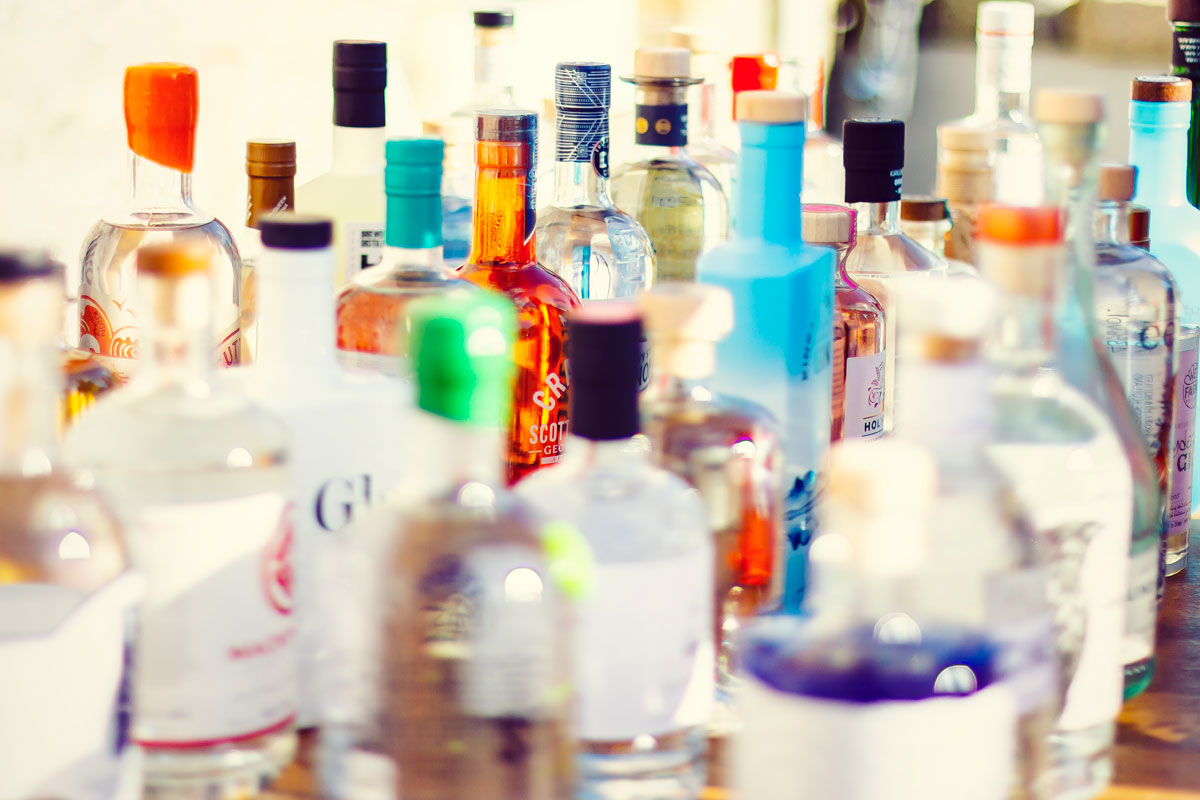
 Packaging
Packaging
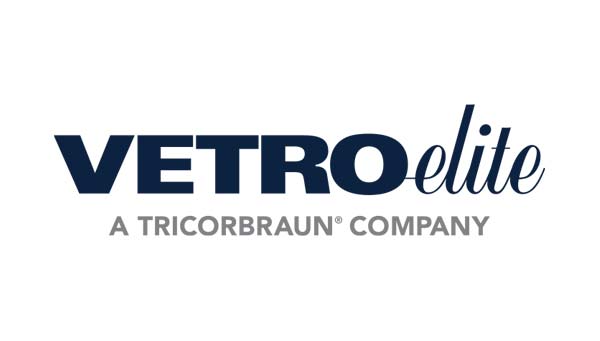 Glass Packaging
Glass Packaging
 Corks, Capsules & Closures
Corks, Capsules & Closures
 Botanicals
Botanicals
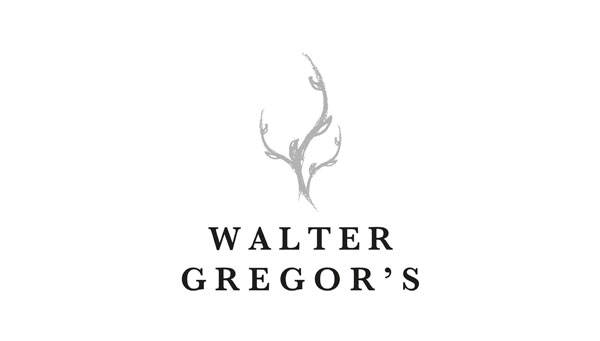 Scottish Tonic Water
Scottish Tonic Water
 Scottish Gin Merchants
Scottish Gin Merchants
 Founder
Founder